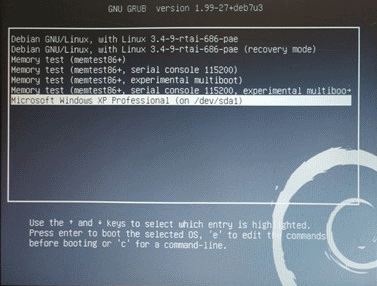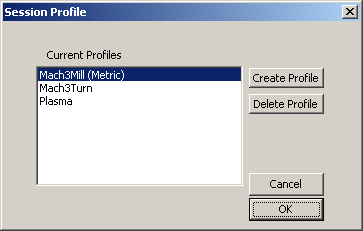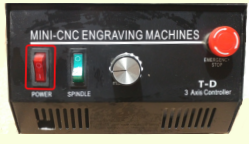MiniCNCBasics
Protospace Mini CNC User Basic Instructions:
These instructions are intended for the most basic of users. Note that using this CNC is fairly manual and requires an attention to detail and a willingness to experiment. Things are easily broken and you can (and probably will) do harm to the bit, machine, and possibly yourself if you do not pay attention, and above all else THINK.
Step 1 – Starting up the Computer and CNC
1. To run the Mini CNC, boot the PC into XP.

2. The Mach3 application will autostart (Automatically launch).
3. Select Mach3Mill (Metric). Click OK

4. Turn on the power on the 3040 and make sure that the E-Switch is not pressed.

Step 2 – Introduction to Mach3
You should now see the Initial screen: (picture goes here)
5. Clear any error messages in Status The first thing is to Notice Red flashing border on the Reset button and Status message. The example shows: “Limit Switch Triggered”. And the scrolling message says “Press Reset… Emergency mode Active. Emergency Z Inhibit”. (picture goes here)
You may need to manually spin the knobs on the 3 axis to move the carriages off of the limit switches. Keep clicking reset, and resolving the issues, until the status is clear of any messages. The Border on the reset button should also be green. (picture goes here)
6. Home the carriages
Click in the “REF ALL HOME” button.
(picture goes here)
The 3 carriages will seek their home positions and the 3 buttons will go green and the position will show +0.0000. (picture goes here)
Step 3 - Getting ready to mill your piece
7. Mount your piece on the milling table. You need to be careful of 8. Move carriage to a new home position Note that the travel limit switches are now is a “Dead Man” mode. If you accidentally drive the carriage too far and it trips a switch, the CNC will go into error mode and you will need to manually resolve. To assist you in preventing this problem, enable the “Soft Limits” button. (picture goes here)
The behavior will now be that the controller will not allow you to go out of limits. You will hear a noticeable slowing down in the motion if you try to drive it too close to the edge.
Now, you can manually move the carriage to a new position, like the a new home position on the corner of your work piece.
The Secret Key => TAB. This will turn on/off the manual controls: (picture goes here)
Note that Green is Positive direction and Red is negative. Also, the direction of the arrows match the direction of the 3 axis (left => left, up => up, etc) Once you have positioned the carriage in the perfect position, click on each of the “Zero X” buttons. (picture goes here)
Step 4 – Determining the Bit height
The tool probe height sensor has been set up to allow you to accurately control the height of your bit. To set the bit height, follow these steps: 9. Insert that bit of your choice in the chuck. 10. Attach the alligator lead to the bit. 11. Place the sensor puck under the bit. 12. Click on the “Auto Tool Zero” button. NOTE: Get ready to hit the E-Stop if things go badly. This can damage bits and such. The Z axis will slowly drop down until it makes contact with the puck, and then retract a short distance. Note that the distance that it retracts can be adjusted, but the default is 1.27mm. Once it has found the height, Click the “Zero Z” to reset it. You will now use this new height as a reference for all further work. Some experimenting would indicate that the distance fro this measured height and your work surface is now about 27.6mm or so. You can do some experimenting yourself to find the true number.
Note as well: This sensor can also be used for edge sensing. This will be investigated in future.
Step 5 – Loading and editing your G-Code
13. The next step in milling anything is to load a G-Code file. Note that the creation of a proper G-Code file is up to you. I have documented a very very simple sample in order to demonstrate the concepts of how to use the tool. To load a g-code file, simply click on “Load G-Code” button. Now that you have loaded your G-Code, I would like to run you through what I have learned about the dialogs. - By clicking on the Dialog box, you can then scroll up and down the file. It appears that you cannot edit on the screen, but you can start selecting some other nifty controls within the file. - To edit the code, you click on the “Edit G-Code” button. This will open the file in a text editor. When you close the file it will automatically load back into Mach3 - Also note if your click on the “Tool Path (Alt-4)” then you can visualize the cut path on each line of the G-Code file. (picture goes here)